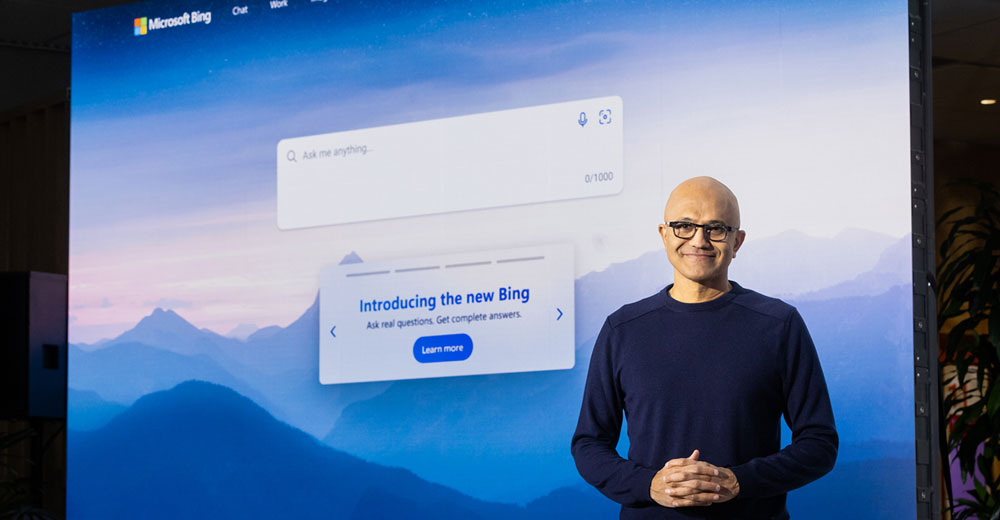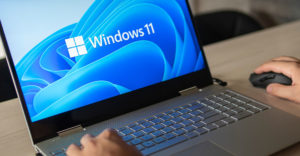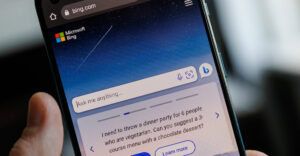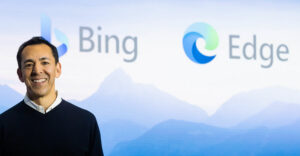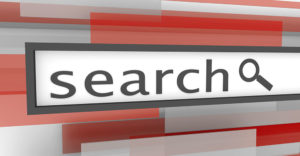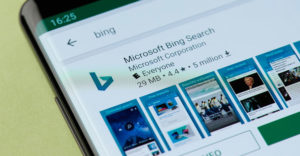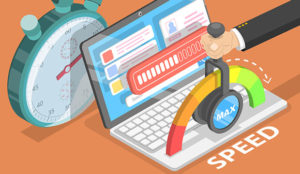Microsoft last week announced it is putting ChatGPT in its Bing search engine and that it would only work through its new Edge browser.
AI in general, and generative AI in particular, are game changers because they are capable of doing not only more for you, but they can be made to interact with you as if it was a person. This is a huge advantage, and Google clearly was caught napping. Ironically, that was typically Microsoft’s problem.
The graphical user interface (GUI) came from Apple, and Microsoft caught up. The server came from Unix (mostly Sun Microsystems), and Microsoft caught up. The browser came from Netscape, and Microsoft caught up. Microsoft’s history is laced with coming from behind to take the market away from whoever was first by out-executing them. This time, Microsoft is the first to take generative AI to scale, and its aggressive move has rightly scared the crap out of Alphabet (Google), which appears to be in a panic.
With this one move, Microsoft has the potential to take search traffic away from Google and repeat past successes against Apple, Sun Microsystems, and Netscape. This feels like the more successful efforts of the pre-Steve Ballmer Microsoft, which seemed much more willing to do what it took to win.
This week, let’s explore what AI-powered Bing and Edge mean for search — and how Microsoft has Google on the ropes. Then we’ll close with my Product of the Week: Lenovo’s 30th Anniversary ThinkPad.
The Generative AI Advantage
In search mode, it means you can fully describe what you want rather than trying to pretend you know Boolean logic.
For instance, I asked the new Bing, “Which James Bond movie has the most gadgets and is the most fun to watch?” and the service recommended “Thunderball,” which has the top-ranked Bond gadget and is also ranked sixth in popularity.
If you put the same query into Google, you’ll only get articles ranking the Bond films. In Google, you’d need to spend time asking additional questions to arrive at the same answer. Maybe.
With chat activated (currently, chat is by invite only because we tend to try to make chat applications say things that would embarrass Microsoft and then gleefully report what we’ve done on social media), you can have a conversation with the tool to refine your results and help you write them up if you want to go even further.
Looking at the quality of the answer Bing gave me, it was better than what I would have answered had I been asked the same question — and it is only going to get better over time. I would have chosen “Goldfinger,” forgetting that even though “Goldfinger” is ranked #1, “Thunderball” has most of the gadgets from “Goldfinger” and a ton more besides.
With the Jet Pack, “Thunderball” should rank at the top in both quality (Jet Pack) and quantity (because of all the unique underwater and tracking gear). So, I can see how “Thunderball” was a better choice than I would have made by myself.
I mentioned that with chat turned on Bing gets better; rather than doing additional searches, you can have a conversation with the search tool to refine your request. With chat turned off, it will still allow you to refine your search by adding additional arguments; it just doesn’t help you reduce the tool’s initial utility.
It is my firm belief that, once you get comfortable talking with a computer, much like we abandoned “command line” interfaces for GUIs, we’ll abandon Boolean logic queries in favor of plain language interfaces and likely eventually either combine or replace GUIs with speech interfaces.
Why Google Is Screwed
The problem for Google is twofold.
First, it appears to have made the same mistake with search that Microsoft made with its IE browser by treating it like a cash cow that required no investment. Google’s second big problem is that the switching cost between Google and Bing is nearly non-existent. If enough people shift from Google to Bing, then Google is screwed because there is no solid mechanism to get users back unless it can match Microsoft prior to habits being formed.
This means Google must have a comparable solution in the market fast enough to stop the migration to the more advanced Microsoft platform. While Google’s clearly in a panic, it isn’t close to where it needs to be. Unlike Microsoft, which makes most of its money from things it sells or rents instead of from ad revenue, Google’s revenue is tightly tied to search. Were it to lose its near monopoly, it would hurt. It would hurt a lot.
Google is the entrenched vendor, which means it has the home court advantage in this fight, but with low switching costs and even a couple of weeks of use, it could lose much of its installed base. Given how easy it is to try Bing, the ability to stop users from switching prior to offering (not just announcing) a similar capability is very weak.
Google could do what Steve Jobs and Apple would do when caught napping and just disparage generative AI and ChatGPT until it catches up. But Google isn’t a marketing-centric company. Given how much of its revenue comes from advertising, I think this is ironic because it should be really good at what is paying the bills. Sadly, Google isn’t. Even if it was, its history of selling user information means one of its biggest levers to tank Microsoft’s effort, FUD (fear, uncertainty, and doubt), would backfire badly.
So, it appears that Google is triple-screwed. It doesn’t have a counteroffering in the market, it doesn’t have the marketing capability to FUD Microsoft’s offering, and it’s perceived already as less secure than Microsoft, meaning it can’t effectively use any security arguments to stop people from trying the product.
Wrapping Up: Microsoft’s Stunning Return
When I started covering Microsoft in the early 90s, it seemed it could do nothing wrong. It rolled over Apple, flattened Sun Microsystems, kicked IBM’s butt, and helped put Netscape out of business. With the launch of Windows 95, it did the impossible by getting people so excited about an operating system they were lining up to buy it. An operating system!
But then that century was over. In the next ten years, Microsoft stalled with the Xbox, failed with Zune, lost dominance with its IE browser, lost its phone business, and lost two CEOs sequentially. Last decade, it started rebuilding. Azure was a huge success, Windows was hugely improved, and it fixed its eroded reputation — and got out from under some antitrust problems.
This decade, the company is starting to look like the old Microsoft by taking the fight to Google. Now it seems like Google is on the ropes, and Microsoft has the edge (pun intended). Execution will be critical, but Microsoft has been executing very well of late. Suddenly, generative AI and ChatGPT are trending positively, and Google is scared. It’s going to be a very interesting decade. Nicely done!

ThinkPad X1 Carbon 30th Anniversary Edition
The ThinkPad Anniversary editions are a showcase of what the ThinkPad brand stands for.
While Microsoft Surface products are the closest to Apple products in the market as a family, ThinkPad has a brand that is second only to Apple’s in terms of recognition and reliability. In a way, if you think of Apple as representing design-over-function, ThinkPad is function-over-design. Put another way, Apple is the sports car you drive for fun, but ThinkPad is the pickup you drive for work.
Both brands have power and recognition (you can identify both product lines from a distance) but have very different focuses and user experiences. Lenovo typically operates on a smaller margin than Apple, which means you usually get more for your money from Lenovo products. Until Lenovo ran out of stock recently, the ThinkPad X1 Carbon 30th Anniversary Edition was a steal at $1,891.45 if you wanted the most secure, reliable, work-focused laptop.
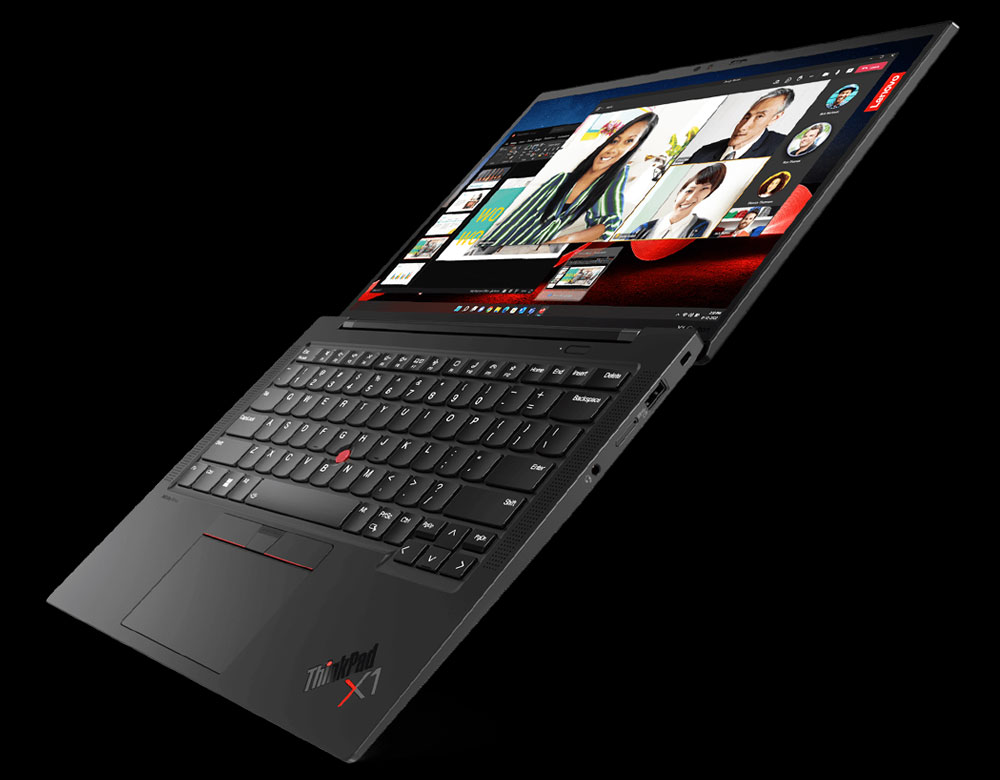
ThinkPad X1 Carbon 30th Anniversary Edition (Image Credit: Lenovo)
ThinkPads convey a professional vibe which means they arguably enhance your work-related appearance and potentially enhance your work-related status by just being seen with one. Other brands, particularly those that are more consumer-focused, tend to convey a less professional image which could subtract from how you are subjectively evaluated and your business success.
In short, when you walk in with a ThinkPad, people generally know you mean business. That’s useful when trying to convey a professional image in anything but animation or graphics, where Apple still has the stronger brand.
Sometimes, you just want people to take you seriously while having a laptop you can reliably depend on. Lenovo’s ThinkPad X1 Carbon 30th Anniversary edition is just that, so it’s my Product of the Week.

